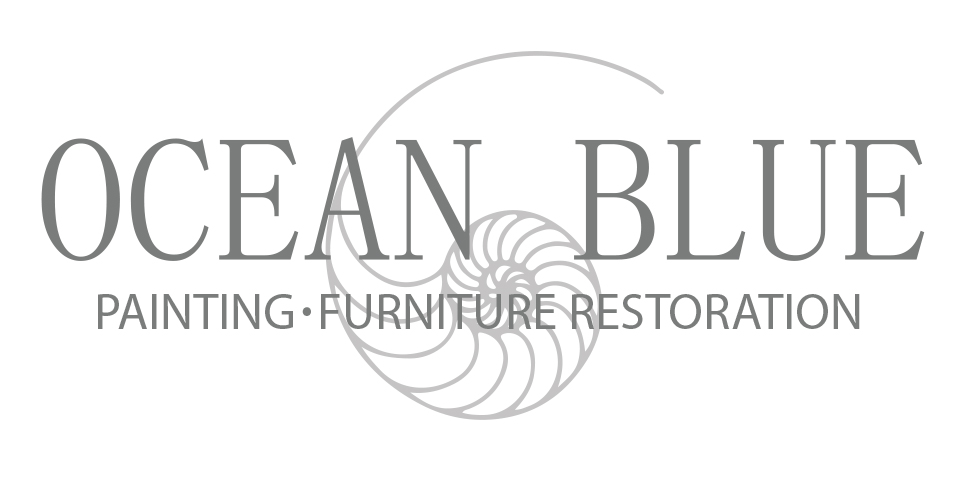The Ultimate Guide to Exterior Painting in Vero Beach
When it comes to safeguarding and enhancing the beauty of your home in Vero Beach, choosing the right exterior paint is of paramount importance. As the sunshine state of Florida exposes your property to vibrant sun rays, salty breezes, and occasional rain showers, the right paint can serve as a protective shield. In this detailed guide, we’ll delve into how to pick the perfect exterior paint, factoring in Vero Beach’s unique environment and any specific requirements you may also have.
Key Considerations for Exterior Painting in Vero Beach:
- Surface Type: Every home’s exterior is unique, with surfaces ranging from wood and stucco to brick, metal, and concrete. Your paint selection must cater to your specific surface to ensure adhesion and longevity.
- Vero Beach’s Climate: The tropical weather in Vero makes climate considerations a vital consideration. Whether it’s the hot sun or high humidity, your paint should withstand these typical Florida conditions and even hurricanes!
- Durability: A top-quality exterior paint will resist the detrimental effects of UV rays, rain, and wind, ensuring your home always looks its best.
- Color Retention: As Vero Beach homes often face intense sun, pick a paint that promises no-fade color retention, preventing premature aging of your exterior.
- Application: Whether you’re a DIY enthusiast or hiring professionals, the paint should ensure smooth application, ample coverage, and a reasonable drying time.
- Maintenance: Ponder on the longevity. How often do you intend to repaint? Premium paints tend to offer more extended protection, ensuring fewer touch-ups.
- Protection Against Mold: Given Vero Beach’s humidity, opt for paints that have mold and mildew resistance, preserving your home’s pristine appearance.
- Eco-friendliness: Consider paints with low VOCs for a reduced environmental footprint, especially vital in the picturesque Vero Beach environment.
Popular Paint Types for Exterior Painting in Vero Beach:
- Acrylic Latex Paint: This water-based paint is popular for its durability and is perfect for most exterior surfaces in Vero Beach.
- Oil-Based Paint: Renowned for its glossy finish, it’s ideal for specific surfaces but has a higher environmental footprint.
- Alkyd Paint: A subset of oil-based paints, they’re excellent for high-traffic areas, offering superior adhesion.
- Solid and Semi-Transparent Stains: While solid stains highlight wood texture, semi-transparent ones emphasize the wood grain. Both have their charm and utility.
- Elastomeric Paint: Ideal for masonry, it’s perfect for homes near the Vero Beach coast, offering robust protection.
- Textured Paint: Bring out the unique features of your exterior with textured paints that add depth.
Types of Paint for Exterior Painting in Vero Beach
The type of paint you choose should be compatible with your painting surface to ensure proper adhesion, longevity, and an optimal finish. Here’s a breakdown of which paint types are best suited for common exterior surfaces:
- Wood:
- Recommended Paint: Acrylic latex paint or oil-based paint. Acrylic latex expands and contracts with the wood, which can prevent cracking. Oil-based paint is durable and penetrates the wood, offering a protective layer.
- Preparation: Ensure the wood is clean, dry, and free from mildew or mold. Sanding may be necessary for older, weathered surfaces.
- Stucco:
- Recommended Paint: Acrylic latex paint. It’s flexible, breathable, and can handle the textured surface of stucco well.
- Preparation: Clean the stucco surface of dirt and loose particles. Fill in any cracks or holes with a suitable patching compound.
- Brick:
- Recommended Paint: Acrylic latex paint, as it allows the brick to breathe, preventing moisture build-up.
- Preparation: Clean the brick of any efflorescence, dirt, or moss. Seal any cracks with a suitable filler.
- Metal:
- Recommended Paint: Oil-based or alkyd paints are traditionally used for metals because of their adhesion properties. There are also acrylic latex paints specifically formulated for metal surfaces.
- Preparation: Remove rust and old paint using a wire brush or sandpaper. Prime with a rust-inhibiting primer.
- Concrete:
- Recommended Paint: Acrylic latex paint or elastomeric paint. Both types can handle the porous nature of concrete and provide a durable finish.
- Preparation: Clean the concrete surface and ensure it’s free from grease or mold. If the concrete is new, it should cure for at least 30 days before painting.
For a detailed guide on selecting paints for various surfaces, you can refer to this informative article by Sherwin-Williams on exterior paint selection.
